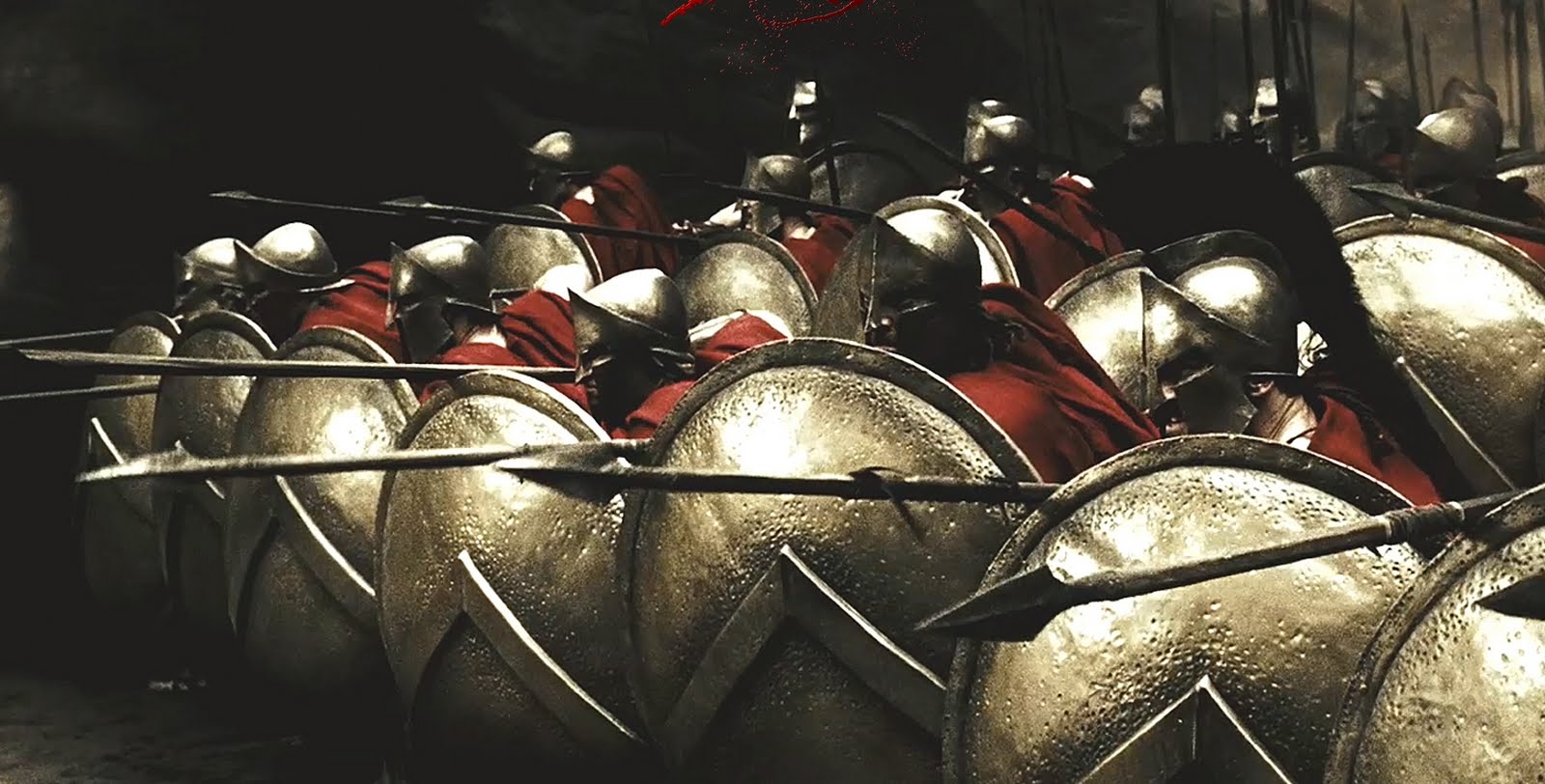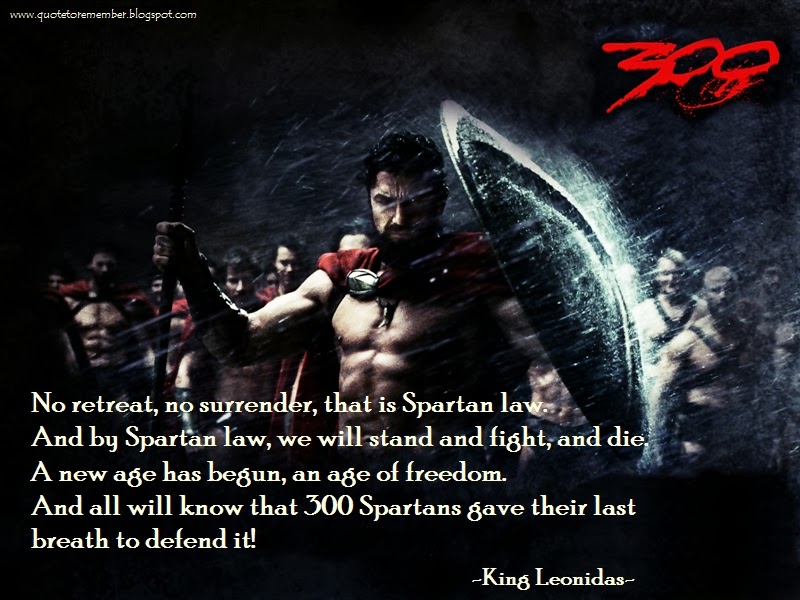واشنطن بوست: المقاتلات الإماراتية نفذت مهمات صعبة كانت مقتصرة على الأمريكيين
مسؤولون أمريكيون يشيدون بمهارة طياري “اسبارطة”
تاريخ النشر: 10/11/2014




زار مراسل صحيفة "واشنطن بوست" الأمريكية قاعدة الظفرة العسكرية في الإمارات للاطلاع عن قرب على الدور الإماراتي في التحالف الدولي في الحرب على تنظيم "داعش" الإرهابي، ونشرت صحيفته تحقيقاً وافياً، أشاد فيه كبار المسؤولين العسكريين الأمريكيين بمهارة وجسارة وشجاعة الطيارين الإماراتيين، وقدرتهم على العمل باستقلال تام في تنفيذ الغارات والقصف على تجمعات ومواقع الإرهابيين المتطرفين في سوريا والعراق .
وكتب المراسل راجيف شاندراسيكاران أن موجة من مقاتلات "إف-16 إس فالكون" التابعة لسلاح الجو الإماراتي نفذت طوال الأسابيع الستة الماضية عمليات قصف على مواقع وتجمعات "داعش" في العراق وسوريا . وأضاف أن المقاتلات الإماراتية نفذت طلعات ضد مقاتلي "داعش" أكثر من أي عضو آخر في التحالف الدولي الذي يضم اكثر من 38 دولة . وأضاف: "كثيراً ما ضربت المقاتلات الإماراتية أهدافاً في مثل صعوبة وخطورة الأهداف التي هوجمت من قبل الأمريكيين" .
وأشار المراسل الى أن تحالف واشنطن مع الإمارات قد تعزز بطريقة ملحوظة، مدفوعاً بالمشاركة القوية في الحرب الأفغانية إلى جانب الاهتمام المشترك بصعود المتطرفين وبرنامج إيران النووي . ونقل عن مسؤولين أمريكيين إن دولة الإمارات العربية المتحدة تحتل مكانة فريدة في المنطقة في الوقت الحالي .
وقال الجنرال "انتوني زيني"، القائد السابق لجميع القوات الأمريكية في الشرق الأوسط إن العلاقات مع الإمارات هي: "أقوى علاقة تحظى بها الولايات المتحدة في العالم العربي اليوم" .
وقال مراسل "واشنطن بوست"، إن الإمارات تعمل بصمت تام، لكن هذا الصمت ربما قاد إلى التقليل من شأن مساهمات الدولة فيما وراء ما هو معروف بالنسبة لعدد قليل من المسؤولين في "البنتاغون" وفي وزارة الخارجية الأمريكية .
وقال سفير الإمارات في واشنطن يوسف العتيبة: "نحن مختلفون عن جيراننا"، مشيراً إلى أن الإمارات شاركت في كل التحالفات الكبرى التي قادتها الولايات المتحدة منذ حرب الخليج في العام ،1991 والمشاركة في الجهود العسكرية في الصومال وكوسوفو وليبيا وأفغانستان، بالإضافة إلى الحملة الجوية المتواصلة ضد تنظيم "داعش"، وأضاف العتيبة، أنها معركة يجب أن تخاض، ويضيف: "نحن ننظر إلى التطرّف كتهديد وجودي" .
وتحتفظ دولة الإمارات بنخبة من القوات البرية في أفغانستان لمدة 11 عاماً، وهي تجري مداهمات وتقوم بتدريب القوات الخاصة الأفغانية بالتعاون مع القوات الخاصة الأمريكية . ومنذ العام 2012 وإلى وقت مبكر من العام الجاري، أرسلت الإمارات ست مقاتلات من طراز "إف-16 إس" لدعم البعثة الأمنية التي يقودها حلف شمال الأطلسي في أفغانستان، وقد جاء انتشارها في قندهار في وقت تقوم فيه الدول الأوروبية بخفض مستويات وجود قواتها في البلاد .
واعتبر مسؤولو منظمة حلف شمال الأطلسي، الطيارين المقاتلين الإماراتيين ماهرين بحيث إنهم نفذوا المئات من مهمات الطيران القريب للدعم، لتوفير الحماية لقوات التحالف البرية .
وقال مسؤولون أمريكيون في مناسبات عدّة، إن القوات الأمريكية التي تتعرّض لهجمات في جنوب أفغانستان تعتمد على الطيارين الإماراتيين لقصف مقاتلي طالبان .
وكانت الإمارات وأستراليا هما الدولتين الوحيدتين من غير الأعضاء في حلف الناتو، المسموح لهما بتنفيذ الطلعات الجوية في مثل هذه المهمات من قبل اللواء البحري "جون آر ألن"، كبير قادة القوات الأمريكية في ذلك الوقت، والذي قال إنه أعطى موافقته على ذلك نظراً لأن طياري دولة الإمارات العربية المتحدة كانوا "جيدين للغاية" .
وقال اللواء البحري المتقاعد "جيمس ماتيس"، الذي تولى زمام القيادة المركزية الأمريكية في الفترة من عام 2010 وإلى عام 2013: "إنهم ليسوا مستعدين للقتال وحسب، ولكنهم محاربون عظماء"، وأضاف: "هنالك احترام وإعجاب متبادل، بما فعلوه، وما يمكنهم القيام به" .
ودرج "ماتيس" وغيره من الجنرالات الآخرين على الإشارة إلى دولة الإمارات العربية المتحدة بوصفها "اسبارطة" (وهي مدينة يونانية قديمة اشتهر مقاتلوها بالشجاعة والإقدام النادرين) .
قال المراسل: "أصبحت دولة الإمارات العربية المتحدة أكثر ازدهاراً، ليس من خلال النفط فقط، ولكن من دورها كمركز إقليمي للتجارة والتمويل أيضاً، لذلك سعت الدولة لبناء جيش مؤثّر بنفس القدر يمكن له أن يعكس قوة الدولة بشكل جيد فيما وراء حدودها . وأشار الى أن مقاتلات "إف-16 إس" الإماراتية التي تم تجهيزها بوحدات رادار حسب الطلب، وخزانات وقود إضافية تسمح لها بتنفيذ مهمات الضربات بعيدة المدى، هي أكثر تطوراً من أسطول "إف-16" لسلاح الجو الأمريكي .
وذكر المراسل أن دولة الإمارات اختارت استخدام ما حصلت عليه من سلاح، حيث تجري قواتها المسلحة الكثير من التدريبات وبشكل مكثف، مثلما يفعل الجيش الأمريكي .
وقال ضباط أمريكيون إنه وفي عدة مناسبات، كان الطيارون الإماراتيون الوحيدين من بين أعضاء التحالف من العرب الذين أعطيت لهم صلاحية كاملة لتنفيذ مهمات القصف الجوي التي تشارك فيها الطائرات الأمريكية أيضاً في سوريا والعراق .
وذكر ضباط أمريكيون أن الطيارين الإماراتيين تعرضوا في بعض الأحيان لأخطار أو تهديدات لكنهم استمروا في الطيران، وهو فعل من ضبط النفس والشجاعة أثّر في القادة العسكريين الأمريكيين . ومنذ تلك الليلة، حلقت المقاتلات التابعة لدولة الإمارات العربية المتحدة من طراز "إف-16 إس"، في تشكيل قريب مع المقاتلات الأمريكية من طراز "إف-15 إس" في عمليات قصف جوي أخرى، كما أنها قامت بتنفيذ مهامها الخاصة المنوطة بها .
وينبع حماس الإمارات لمهاجمة متطرفي "داعش"، من سياسة الحكومة بعدم التسامح مع المتطرفين . وقال أنور قرقاش، وزير الدولة للشؤون الخارجية: "لا يمكن لنا أن نصبح منزلاً مستقراً إذا ما كان هناك حريق ينتشر من حولنا" .
http://www.alkhaleej.ae/mob/detaile...3baa2e5a/9222dd0d-5691-4436-b699-b1ed0960f1d4
مسؤولون أمريكيون يشيدون بمهارة طياري “اسبارطة”
تاريخ النشر: 10/11/2014




زار مراسل صحيفة "واشنطن بوست" الأمريكية قاعدة الظفرة العسكرية في الإمارات للاطلاع عن قرب على الدور الإماراتي في التحالف الدولي في الحرب على تنظيم "داعش" الإرهابي، ونشرت صحيفته تحقيقاً وافياً، أشاد فيه كبار المسؤولين العسكريين الأمريكيين بمهارة وجسارة وشجاعة الطيارين الإماراتيين، وقدرتهم على العمل باستقلال تام في تنفيذ الغارات والقصف على تجمعات ومواقع الإرهابيين المتطرفين في سوريا والعراق .
وكتب المراسل راجيف شاندراسيكاران أن موجة من مقاتلات "إف-16 إس فالكون" التابعة لسلاح الجو الإماراتي نفذت طوال الأسابيع الستة الماضية عمليات قصف على مواقع وتجمعات "داعش" في العراق وسوريا . وأضاف أن المقاتلات الإماراتية نفذت طلعات ضد مقاتلي "داعش" أكثر من أي عضو آخر في التحالف الدولي الذي يضم اكثر من 38 دولة . وأضاف: "كثيراً ما ضربت المقاتلات الإماراتية أهدافاً في مثل صعوبة وخطورة الأهداف التي هوجمت من قبل الأمريكيين" .
وأشار المراسل الى أن تحالف واشنطن مع الإمارات قد تعزز بطريقة ملحوظة، مدفوعاً بالمشاركة القوية في الحرب الأفغانية إلى جانب الاهتمام المشترك بصعود المتطرفين وبرنامج إيران النووي . ونقل عن مسؤولين أمريكيين إن دولة الإمارات العربية المتحدة تحتل مكانة فريدة في المنطقة في الوقت الحالي .
وقال الجنرال "انتوني زيني"، القائد السابق لجميع القوات الأمريكية في الشرق الأوسط إن العلاقات مع الإمارات هي: "أقوى علاقة تحظى بها الولايات المتحدة في العالم العربي اليوم" .
وقال مراسل "واشنطن بوست"، إن الإمارات تعمل بصمت تام، لكن هذا الصمت ربما قاد إلى التقليل من شأن مساهمات الدولة فيما وراء ما هو معروف بالنسبة لعدد قليل من المسؤولين في "البنتاغون" وفي وزارة الخارجية الأمريكية .
وقال سفير الإمارات في واشنطن يوسف العتيبة: "نحن مختلفون عن جيراننا"، مشيراً إلى أن الإمارات شاركت في كل التحالفات الكبرى التي قادتها الولايات المتحدة منذ حرب الخليج في العام ،1991 والمشاركة في الجهود العسكرية في الصومال وكوسوفو وليبيا وأفغانستان، بالإضافة إلى الحملة الجوية المتواصلة ضد تنظيم "داعش"، وأضاف العتيبة، أنها معركة يجب أن تخاض، ويضيف: "نحن ننظر إلى التطرّف كتهديد وجودي" .
وتحتفظ دولة الإمارات بنخبة من القوات البرية في أفغانستان لمدة 11 عاماً، وهي تجري مداهمات وتقوم بتدريب القوات الخاصة الأفغانية بالتعاون مع القوات الخاصة الأمريكية . ومنذ العام 2012 وإلى وقت مبكر من العام الجاري، أرسلت الإمارات ست مقاتلات من طراز "إف-16 إس" لدعم البعثة الأمنية التي يقودها حلف شمال الأطلسي في أفغانستان، وقد جاء انتشارها في قندهار في وقت تقوم فيه الدول الأوروبية بخفض مستويات وجود قواتها في البلاد .
واعتبر مسؤولو منظمة حلف شمال الأطلسي، الطيارين المقاتلين الإماراتيين ماهرين بحيث إنهم نفذوا المئات من مهمات الطيران القريب للدعم، لتوفير الحماية لقوات التحالف البرية .
وقال مسؤولون أمريكيون في مناسبات عدّة، إن القوات الأمريكية التي تتعرّض لهجمات في جنوب أفغانستان تعتمد على الطيارين الإماراتيين لقصف مقاتلي طالبان .
وكانت الإمارات وأستراليا هما الدولتين الوحيدتين من غير الأعضاء في حلف الناتو، المسموح لهما بتنفيذ الطلعات الجوية في مثل هذه المهمات من قبل اللواء البحري "جون آر ألن"، كبير قادة القوات الأمريكية في ذلك الوقت، والذي قال إنه أعطى موافقته على ذلك نظراً لأن طياري دولة الإمارات العربية المتحدة كانوا "جيدين للغاية" .
وقال اللواء البحري المتقاعد "جيمس ماتيس"، الذي تولى زمام القيادة المركزية الأمريكية في الفترة من عام 2010 وإلى عام 2013: "إنهم ليسوا مستعدين للقتال وحسب، ولكنهم محاربون عظماء"، وأضاف: "هنالك احترام وإعجاب متبادل، بما فعلوه، وما يمكنهم القيام به" .
ودرج "ماتيس" وغيره من الجنرالات الآخرين على الإشارة إلى دولة الإمارات العربية المتحدة بوصفها "اسبارطة" (وهي مدينة يونانية قديمة اشتهر مقاتلوها بالشجاعة والإقدام النادرين) .
قال المراسل: "أصبحت دولة الإمارات العربية المتحدة أكثر ازدهاراً، ليس من خلال النفط فقط، ولكن من دورها كمركز إقليمي للتجارة والتمويل أيضاً، لذلك سعت الدولة لبناء جيش مؤثّر بنفس القدر يمكن له أن يعكس قوة الدولة بشكل جيد فيما وراء حدودها . وأشار الى أن مقاتلات "إف-16 إس" الإماراتية التي تم تجهيزها بوحدات رادار حسب الطلب، وخزانات وقود إضافية تسمح لها بتنفيذ مهمات الضربات بعيدة المدى، هي أكثر تطوراً من أسطول "إف-16" لسلاح الجو الأمريكي .
وذكر المراسل أن دولة الإمارات اختارت استخدام ما حصلت عليه من سلاح، حيث تجري قواتها المسلحة الكثير من التدريبات وبشكل مكثف، مثلما يفعل الجيش الأمريكي .
وقال ضباط أمريكيون إنه وفي عدة مناسبات، كان الطيارون الإماراتيون الوحيدين من بين أعضاء التحالف من العرب الذين أعطيت لهم صلاحية كاملة لتنفيذ مهمات القصف الجوي التي تشارك فيها الطائرات الأمريكية أيضاً في سوريا والعراق .
وذكر ضباط أمريكيون أن الطيارين الإماراتيين تعرضوا في بعض الأحيان لأخطار أو تهديدات لكنهم استمروا في الطيران، وهو فعل من ضبط النفس والشجاعة أثّر في القادة العسكريين الأمريكيين . ومنذ تلك الليلة، حلقت المقاتلات التابعة لدولة الإمارات العربية المتحدة من طراز "إف-16 إس"، في تشكيل قريب مع المقاتلات الأمريكية من طراز "إف-15 إس" في عمليات قصف جوي أخرى، كما أنها قامت بتنفيذ مهامها الخاصة المنوطة بها .
وينبع حماس الإمارات لمهاجمة متطرفي "داعش"، من سياسة الحكومة بعدم التسامح مع المتطرفين . وقال أنور قرقاش، وزير الدولة للشؤون الخارجية: "لا يمكن لنا أن نصبح منزلاً مستقراً إذا ما كان هناك حريق ينتشر من حولنا" .
http://www.alkhaleej.ae/mob/detaile...3baa2e5a/9222dd0d-5691-4436-b699-b1ed0960f1d4




